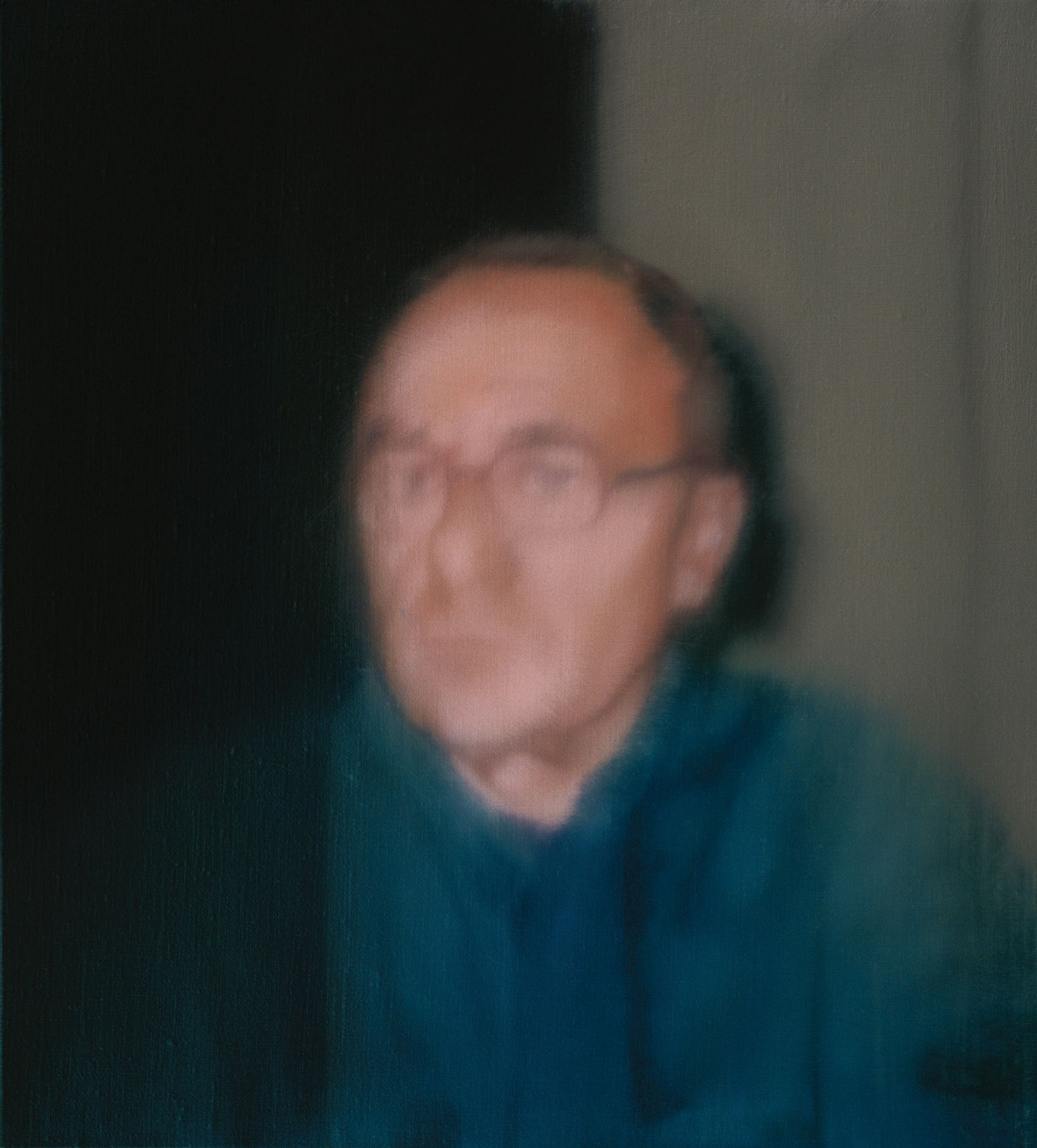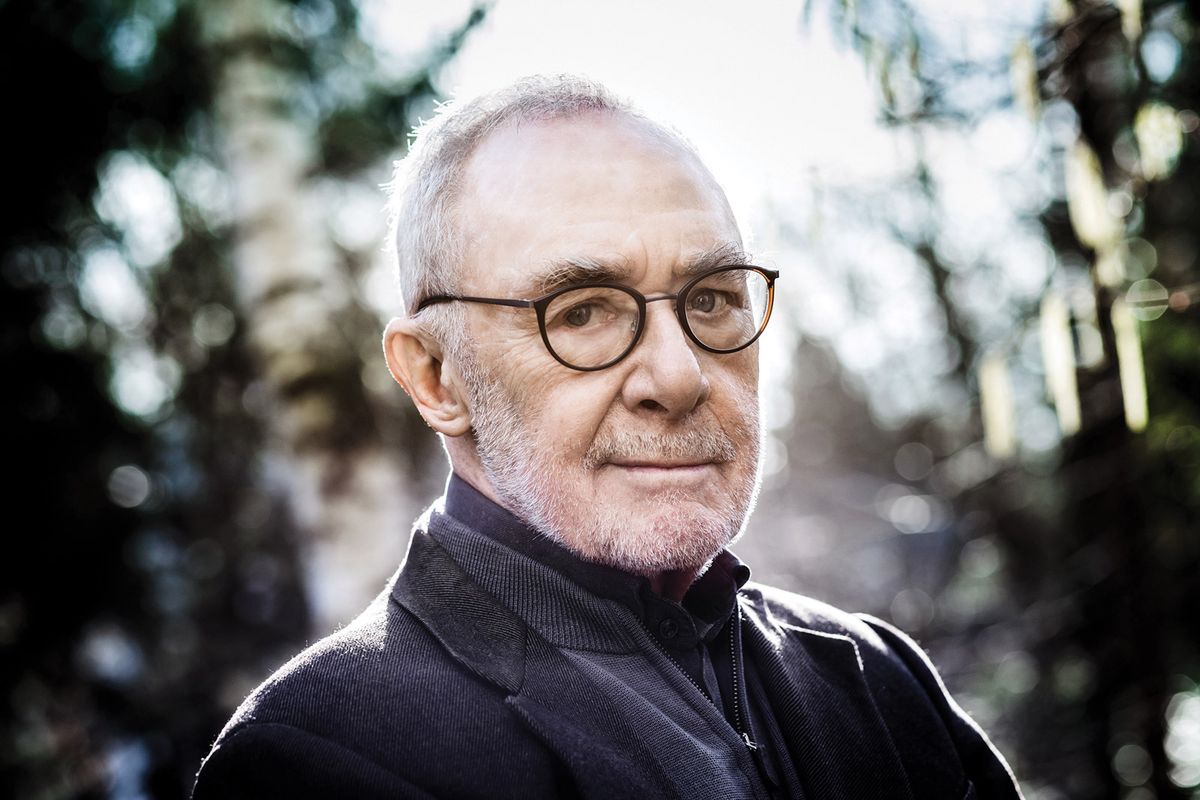Germany’s most famous living artist turns 90 on 9 February and he is mounting an exhibition to mark the occasion in Dresden, the city where he was born. Focusing on Gerhard Richter’s portraits, glass and abstract works, the exhibition will extend over three rooms at the Albertinum, where the artist’s work is already on permanent display. It opens on 5 February and runs until 1 May.
Richter has selected the works to be shown from his private collection and foundation, as well as from international museums. It is planned as “a very personal exhibition” including portraits of the artist’s wife and children, says Dietmar Elger, the head of the Gerhard Richter Archive, which is housed in the museum.
Among the highlights is his 1996 self-portrait, on loan from the Museum of Modern Art in New York. Another work on show will be the intimate 1995 painting, S. mit Kind (S. with child), Elger says. It is not yet clear whether the artist will be present at the opening. “We hope very much that he will come,” Elger says. “But that will be decided at short notice, depending on how well he is.”

Richter's 1996 self-portrait is on loan from the Museum of Modern Art in New York Courtesy of the Museum of Modern Art in New York; © Gerhard Richter
Richter stopped painting in 2017 when it became too physically demanding and has instead turned to drawing in recent years. Some of the new drawings are currently on show at Dusseldorf’s K21 museum. The exhibition there, running until 24 April, includes the artist’s Birkenau cycle, the result of a decades-long quest for an artistic response to the Holocaust. Produced in 2014, the four paintings were inspired by documentary photographs of prisoners taken secretly by a Jewish captive in 1944 at the death camp in Auschwitz II-Birkenau. Photographic versions are on display at the Reichstag in Berlin, and the paintings are among around 100 works that Richter donated last year to the German capital’s planned Museum of the 20th Century, designed by Herzog & de Meuron.
Another exhibition marking Richter’s 90th birthday is opening on 10 February at the Neue Nationalgalerie, which reopened last year after a major renovation. Described as the first big retrospective of the artist’s books, it is organised by the Kunstbibliothek.
Richter produced his first artist’s book in 1966 in collaboration with Sigmar Polke and has regularly published volumes of his work, providing insights into his creative process and inner worlds. One addresses Birkenau, while others have dealt with subjects such as ice and forest. The design for his stained-glass windows at Tholey Abbey in Saarland, which resemble a Persian carpet, came from his book Patterns. The exhibition, curated by Michael Lailach, will examine how Richter has used the books to help define his image as an artist, his use of photography and the role of chance in his experimentation. It runs until 29 May.


